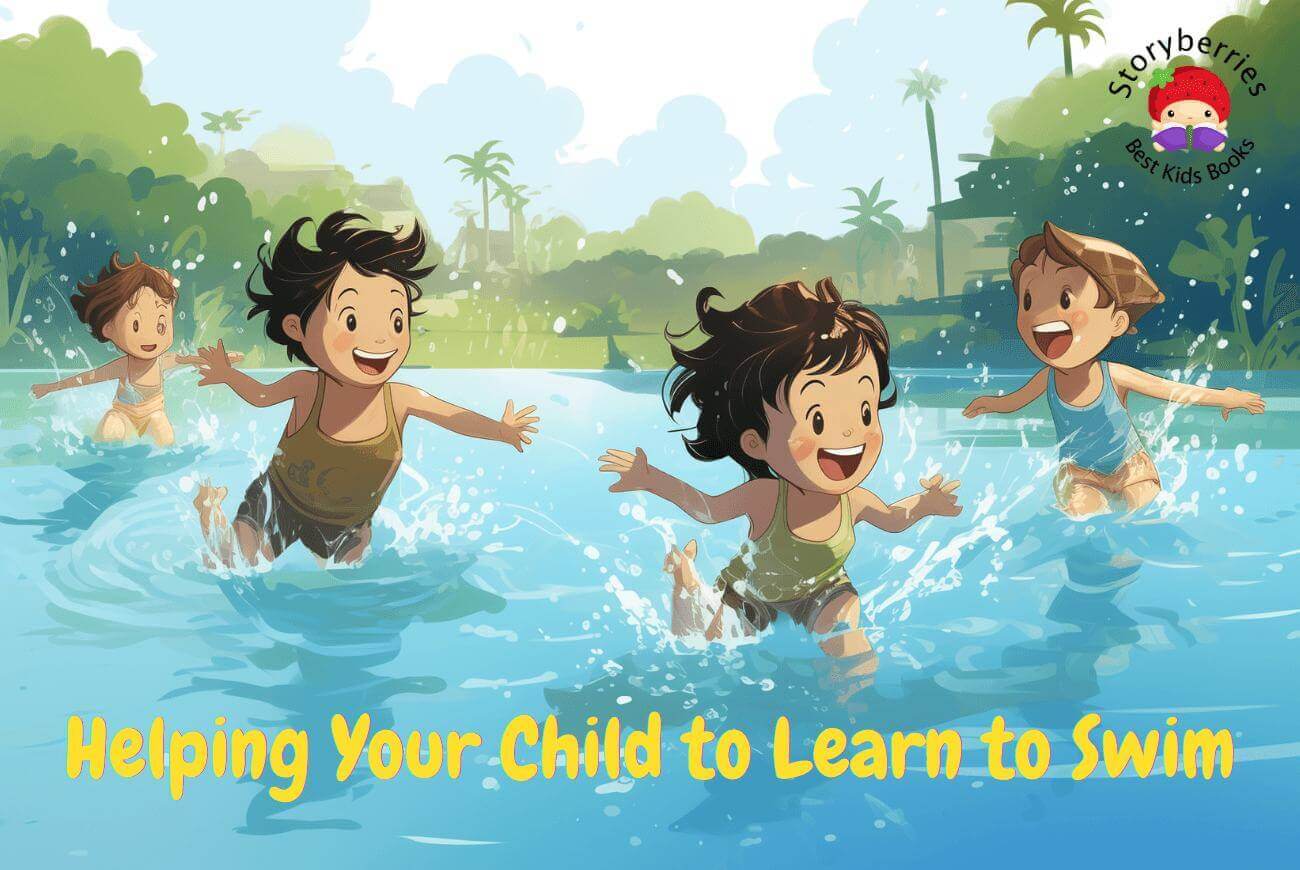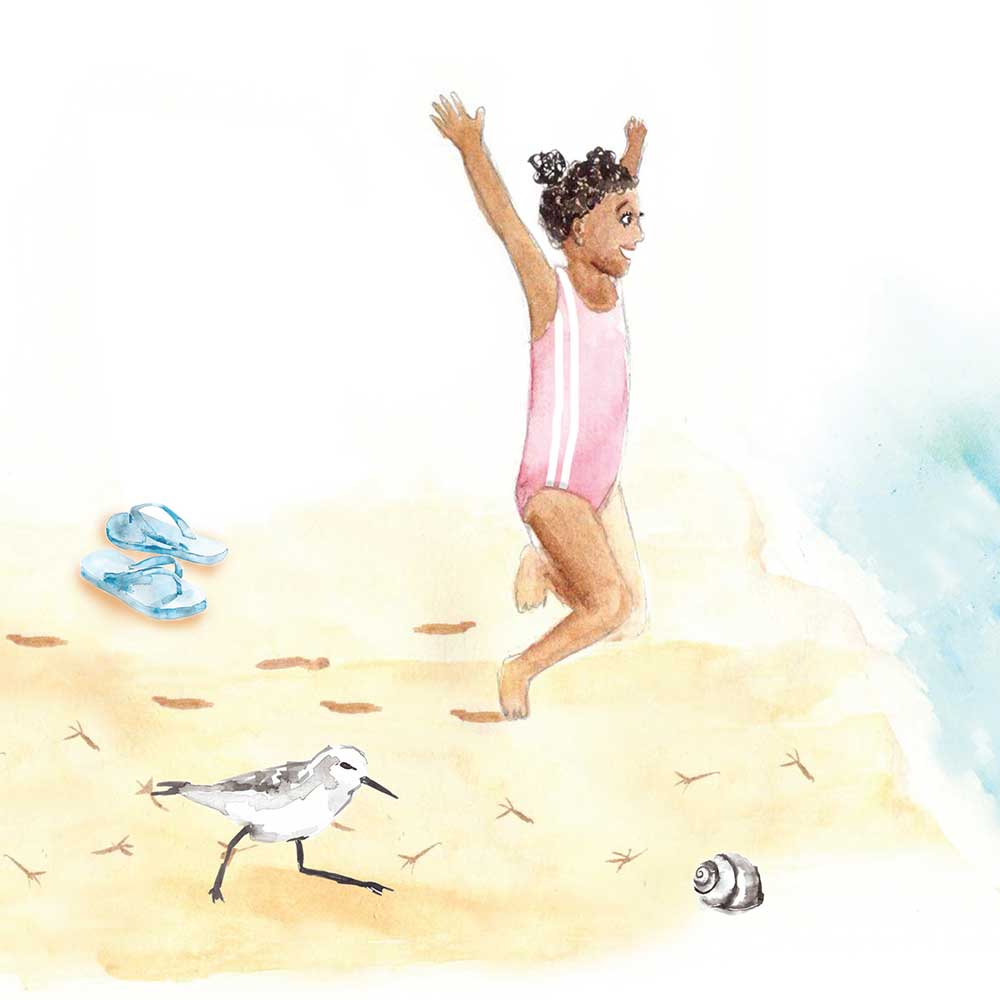Dive into Fun: Teaching Your Child to Swim and Embrace Water Safety
Discover the joy of teaching your child to swim. Explore the importance of familiarizing children with water from birth, making swimming an enjoyable experience, and teaching essential safety measures.








